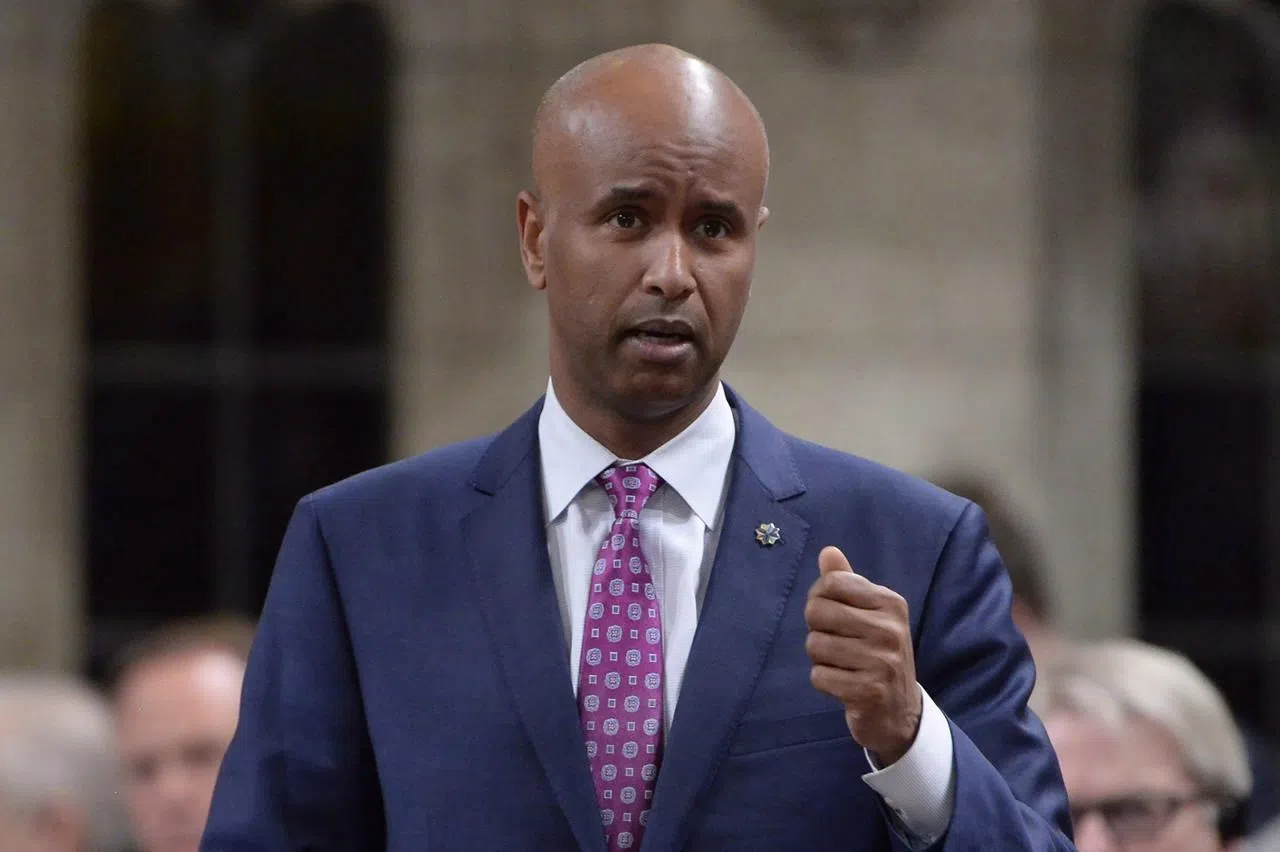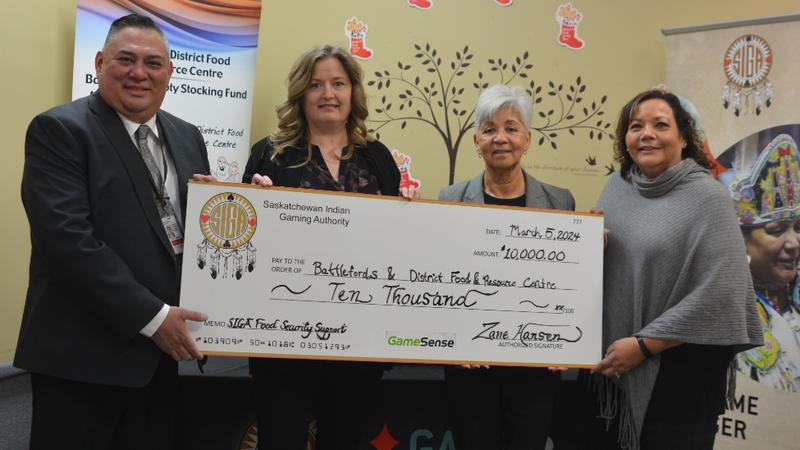
Waits for asylum claims could stretch to 11 years, with costs in billions
OTTAWA — A increase in asylum claims in Canada could eventually mean a staggering 11-year wait for a hearing and $2.97 billion in social supports for claimants in the meantime, an internal government analysis has concluded.
The Immigration and Refugee Board has been trying to whittle down the current backlog, but received no new money in the latest federal budget.
With 2017 application numbers expected to far exceed earlier projections, the board simply can’t keep up, says the memo, obtained by The Canadian Press under the Access to Information Act.
That puts the entire asylum system at risk, opposition MPs warned Thursday as they urged the Liberal government to do more than simply study the issue and then leave it to the board to find “efficiencies” to handle the problem.


